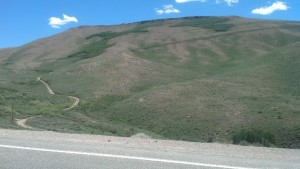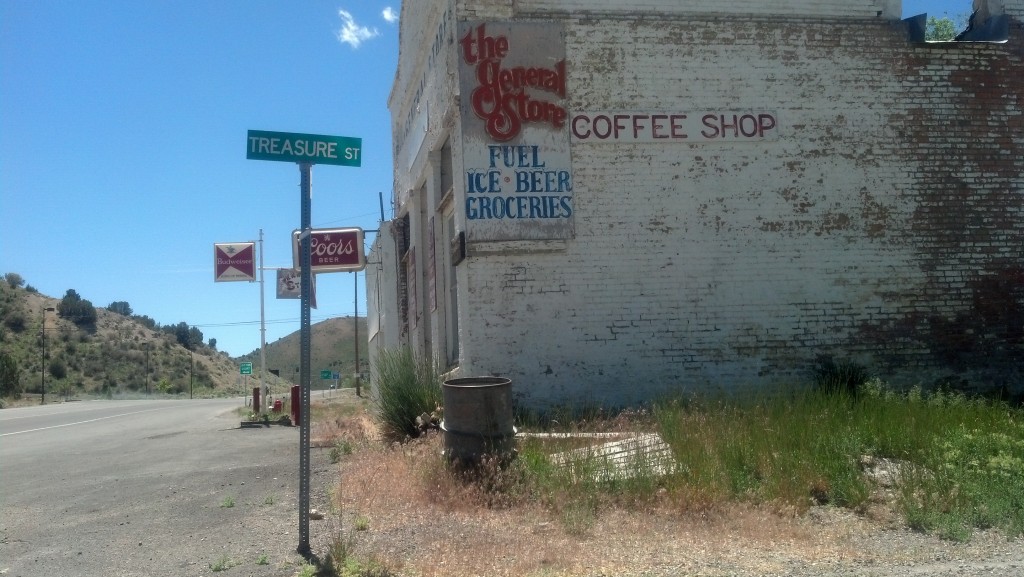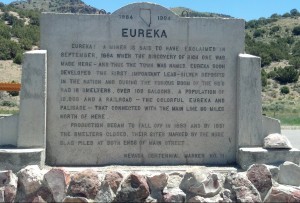
A historic Lincoln Highway marker stands alongside the Loneliest Road in America. (Photo by Michael E. Grass)
FALLON, Nev. — In my trek westward toward San Francisco on the Lincoln Highway, my earlier travels across the grand emptiness of the Great Plains may have spoiled the so-called “Loneliest Road in America.”

Along U.S. 50, the so-called “Lonliest Road in America,” near Austin, Nev. (Photo by Michael E. Grass)
Sure, the distances between towns on U.S. 50 in Nevada can be quite far, but I was never truly alone out in the middle of nowhere like I had been, for instance, for most of U.S. 30 near the Medicine Bow Mountains in Wyoming, a stunningly beautiful place that made me feel blissfully alone under the endless mountain-framed skies.
On the Loneliest Road in America — that description for this stretch of U.S. 50 came from a 1980s Life magazine feature and is now used for regional marketing — I encountered a car or truck every few miles — sometimes even more often than that. At historic markers and other points of interest, there had been other tourists, including those seeking to get souvenir Loneliest Road travel passports stamped along the way.
When it comes to central Nevada, Lincoln Highway enthusiasts often talk about the older, more desolate alignments that roughly parallel and intersect the modern road along the way. Those who are more adventuresome might want to attempt those rougher alternative routes less traveled. While those roads may be more historically accurate, adhering to the original 1913 Proclamation Route, I didn’t want to test the limits of my rental car out in the desert.
The vastness out here hasn’t made such as big an impression as I thought it would. Yes, this territory has a rough beauty, but it’s not stunningly beautifully. But that’s not why I came out all this way.


